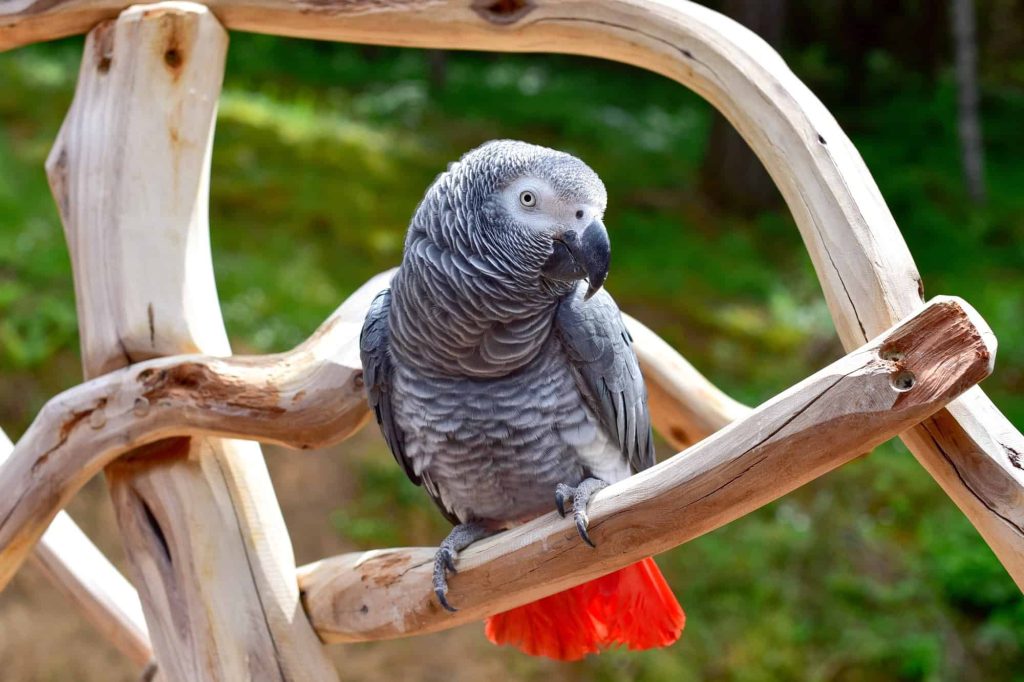
African grey parrot – All you need to know.
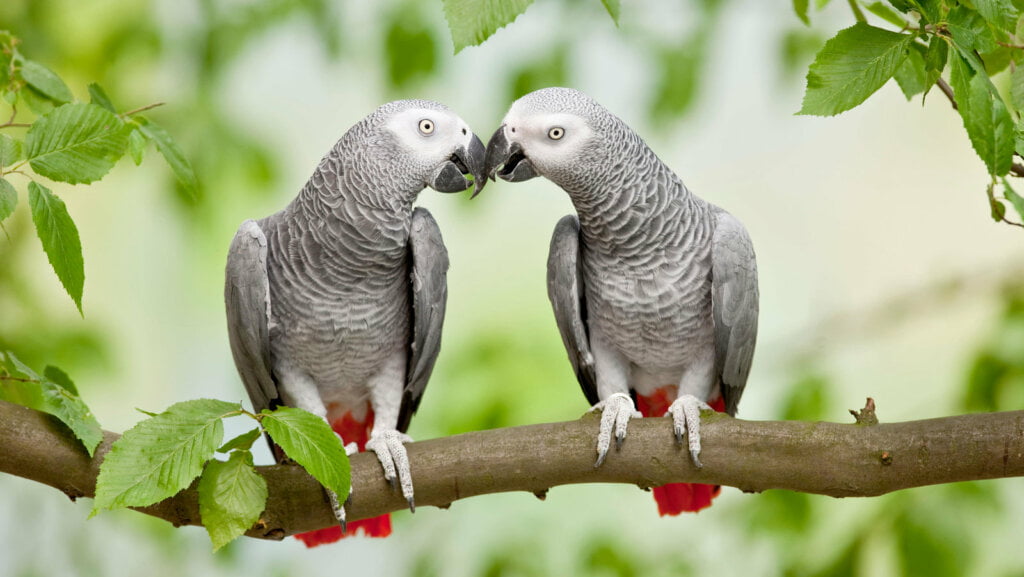
African Grey Parrot: The Complete Guide
When it comes to the world of parrots, African Grey Parrots (Psittacus erithacus) are in a league of their own. Known for their incredible intelligence, striking plumage, and charming personalities, these parrots have captured the hearts of bird enthusiasts worldwide. In this comprehensive guide, we will take a deep dive into the fascinating world of African Grey Parrots, covering everything from their natural habitat and behavior to their care as pets and their conservation status. Whether you’re considering bringing one into your home or you’re simply intrigued by these remarkable birds, this article has you covered.
Table of Contents
- Introduction to African Grey Parrots
- Appearance and Characteristics
- Intelligence and Communication
- Habitat and Distribution
- Native Range
- Habitat in the Wild
- Diet and Feeding Habits
- Natural Diet
- Captive Diet
- Caring for African Grey Parrots
- Housing and Cage Requirements
- Socialization and Training
- Health Care
- Breeding and Reproduction
- Breeding Behavior
- Nesting and Incubation
- Conservation Status
- Threats and Challenges
- Conservation Efforts
- African Grey Parrots as Pets
- Legal Considerations
- Choosing the Right Parrot
- Caring for Your Pet
- Conclusion
1. Introduction to African Grey Parrots
Appearance and Characteristics
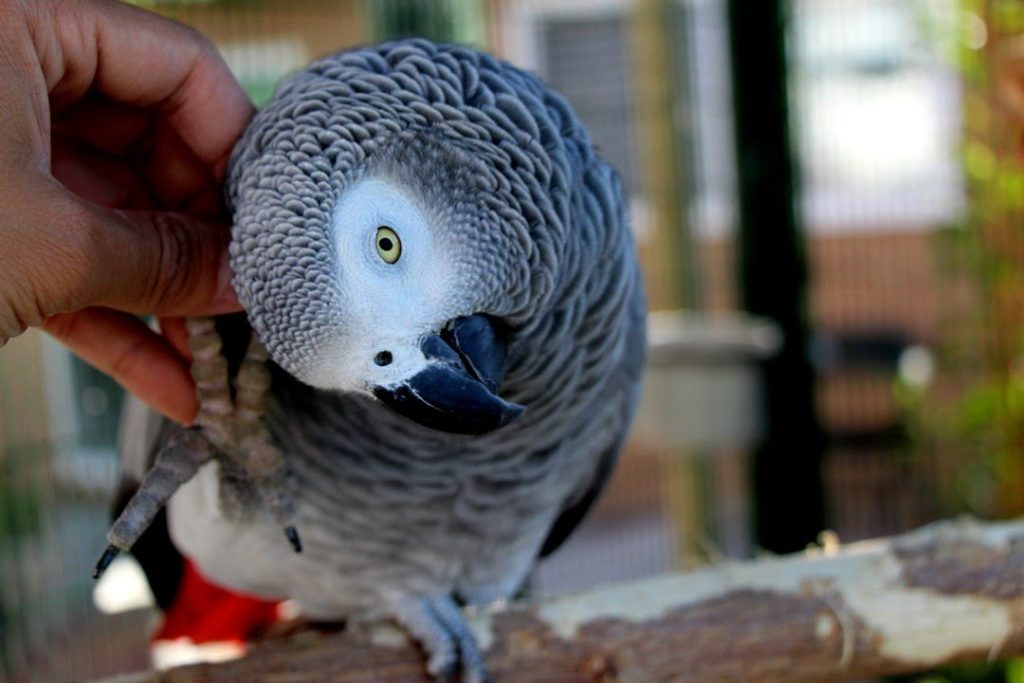
African Grey Parrots are often considered the Einstein of the avian world due to their remarkable intelligence. These medium-sized parrots have a predominantly gray plumage, which provides excellent camouflage in their native rainforest habitats. Their striking red tail feathers and bright yellow eye patches add a splash of color to their appearance.
What truly sets African Grey Parrots apart is their expressive eyes and powerful beaks. Their eyes are known for their keen intelligence, seemingly taking in every detail of their surroundings. Their beaks are strong and capable of cracking open even the toughest of nuts.
Intelligence and Communication
African Grey Parrots are renowned for their cognitive abilities. They possess an exceptional ability to mimic human speech and other sounds, making them some of the most talkative parrots. However, their vocalizations go beyond mere mimicry; they can often use words and phrases in context, demonstrating a deep understanding of language.
Beyond talking, African Grey Parrots can solve puzzles, recognize shapes and colors, and even engage in simple math calculations. Their high level of intelligence requires mental stimulation and enrichment to keep them happy and healthy.
2. Habitat and Distribution
Native Range
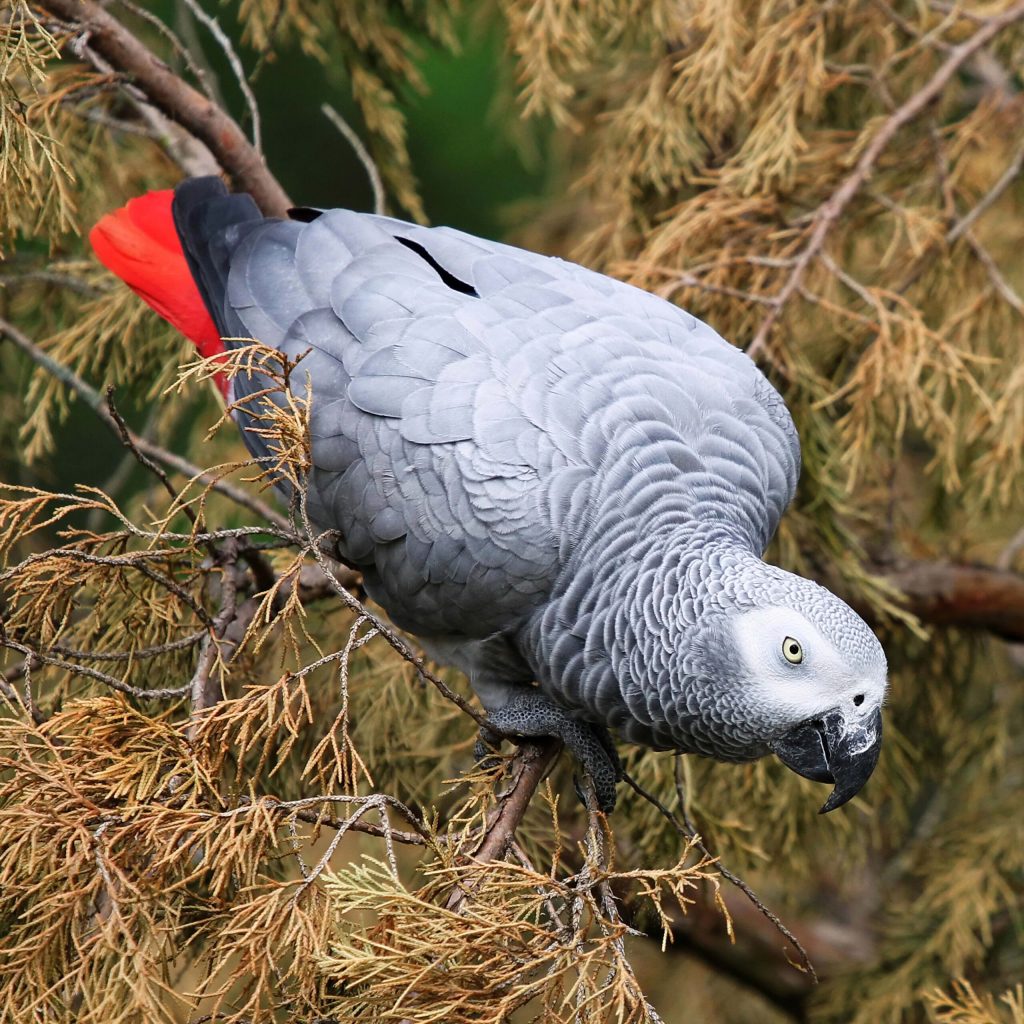
African Grey Parrots are native to the dense rainforests of West and Central Africa. Their natural range extends across countries such as Ghana, Ivory Coast, Cameroon, and the Democratic Republic of Congo. Within these lush forests, they navigate the dense canopies and undergrowth with ease.
Habitat in the Wild
In the wild, African Grey Parrots inhabit tall trees and are often seen foraging for food, which primarily consists of fruits, nuts, seeds, and the occasional insect. They are known for their nomadic nature, moving through the forest in search of seasonal food sources.
3. Diet and Feeding Habits
Natural Diet
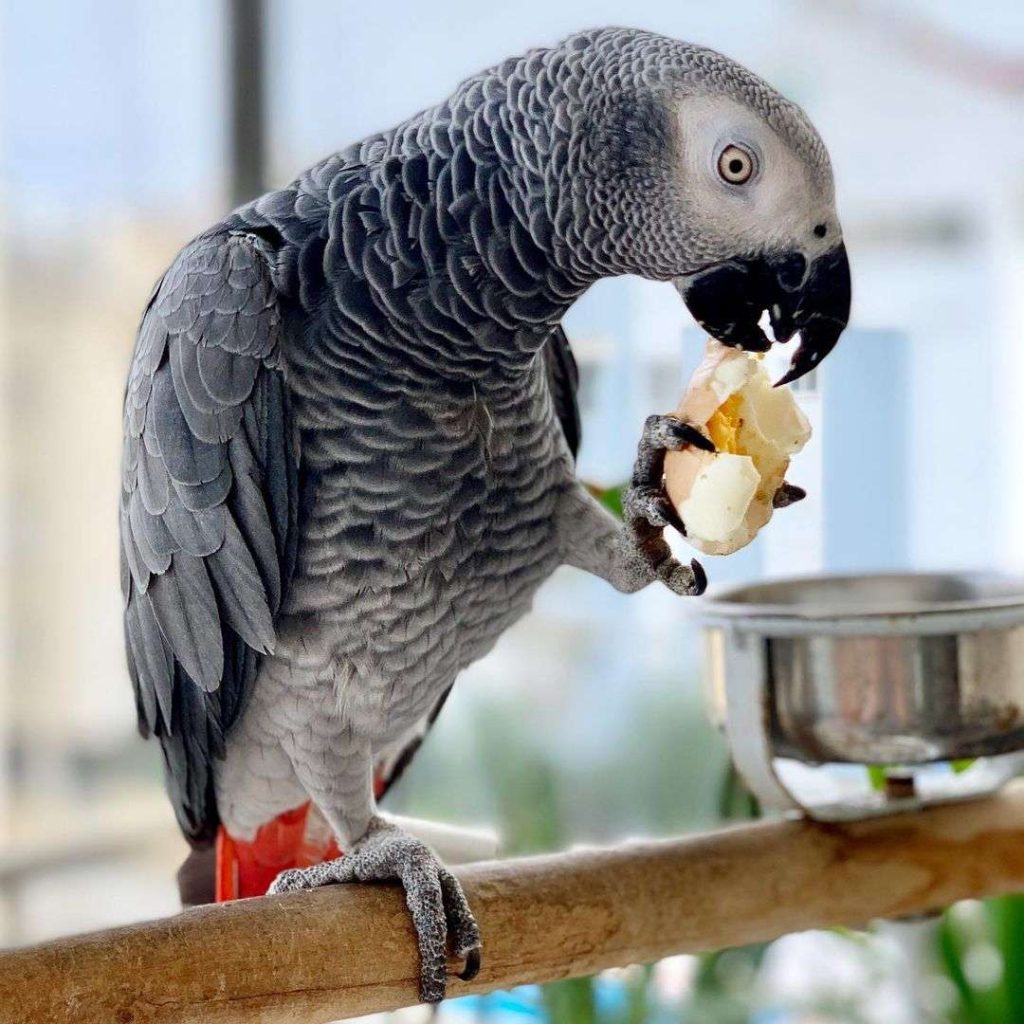
African Grey Parrots are frugivorous, which means their diet primarily consists of fruits. In the wild, they feast on a variety of fruits such as figs, palm nuts, and oil palm fruits. They are also known to consume seeds and nuts, especially during periods of scarcity.
Captive Diet
When kept as pets, replicating the dietary needs of African Grey Parrots is crucial. A well-balanced diet for these birds includes a quality pellet mix supplemented with fresh fruits and vegetables. Foods rich in vitamins and minerals, such as leafy greens and carrots, should also be part of their diet.
4. Caring for African Grey Parrots
Housing and Cage Requirements
Providing a suitable living environment is essential for the well-being of African Grey Parrots. These intelligent birds require spacious cages that allow them to spread their wings and move about comfortably. The minimum recommended cage size is 24 inches by 24 inches by 36 inches, but larger is always better.
Inside the cage, provide perches of varying thicknesses to help exercise their feet and prevent foot problems. Enrichment toys, puzzles, and foraging opportunities are essential to keep their minds engaged.
Socialization and Training
African Grey Parrots are highly social birds that form strong bonds with their human caregivers. Daily interaction and mental stimulation are crucial to their happiness. Spend time playing, talking, and training your parrot to keep them mentally active.
Training can be an excellent way to channel their intelligence and build a strong bond with your bird. Teaching them tricks and commands can be a rewarding experience for both you and your parrot.
Health Care
Regular veterinary check-ups are essential to monitor your African Grey Parrot’s health. These birds can be susceptible to respiratory infections, feather plucking, and other health issues. Pay close attention to their plumage, beak, and overall appearance for any signs of illness.
Maintaining a clean living environment is crucial to prevent the growth of harmful bacteria. Clean their cage, perches, and food/water dishes regularly. Always provide access to clean, fresh water.
5. Breeding and Reproduction
Breeding Behavior
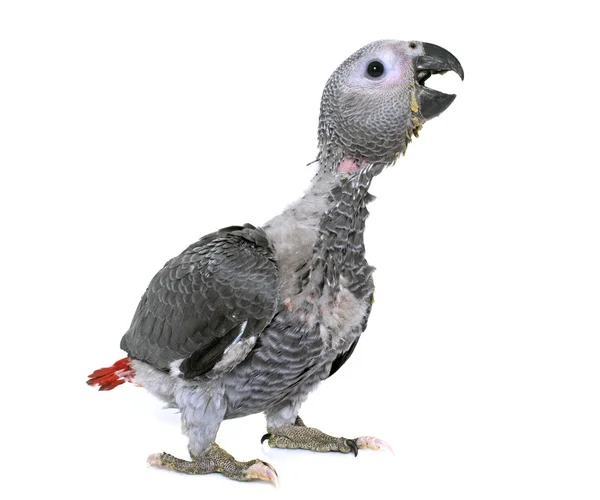
African Grey Parrots reach sexual maturity at around 4 to 6 years of age. Breeding pairs engage in courtship rituals that include mutual feeding, vocalizations, and displays of affection. Once a pair has bonded, they will typically choose a nesting site and begin the breeding process.
Breeding African Grey Parrots in captivity requires expertise and dedication. Providing a suitable nesting box and a well-balanced diet are essential for successful breeding.
Nesting and Incubation
The female African Grey Parrot will lay a clutch of eggs, typically consisting of 2 to 4 eggs. Incubation lasts around 28 to 30 days, and both the male and female take turns incubating the eggs and caring for the chicks once they hatch.
Raising African Grey Parrot chicks requires experience, as they are delicate and require specialized care and nutrition during their early stages of development.
6. Conservation Status
Threats and Challenges
African Grey Parrots face several threats in the wild, primarily due to habitat loss from deforestation and illegal trapping for the pet trade. The demand for these intelligent and talkative birds as pets has led to significant declines in their wild populations.
Conservation Efforts
Conservation organizations, governments, and local communities are working to protect African Grey Parrots and their habitats. Efforts include the establishment of protected areas, enforcement of anti-poaching laws, and educational campaigns to raise awareness about the importance of conserving these magnificent birds.
As responsible pet owners, it’s essential to ensure that any African Grey Parrot in captivity comes from legal and ethical sources to discourage the illegal wildlife trade.
7. African Grey Parrots as Pets
Legal Considerations
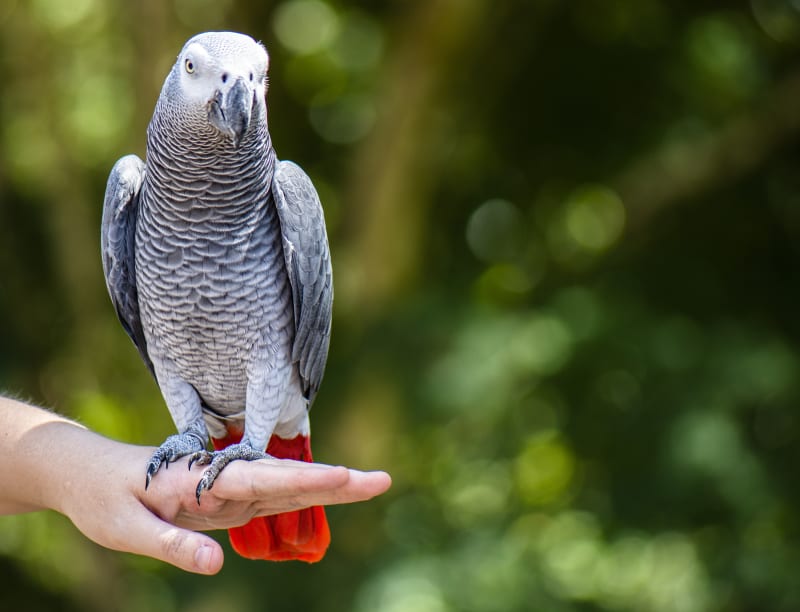
Before considering an African Grey Parrot as a pet, it’s crucial to be aware of the legal requirements in your area. Some countries and regions have strict regulations regarding the ownership of exotic pets, including permits and licensing. Always ensure that you comply with all relevant laws and regulations.
Choosing the Right Parrot
When choosing an African Grey Parrot as a pet, it’s essential to source one from a reputable breeder or rescue organization. Avoid purchasing birds from sources that engage in illegal or unethical practices, as this contributes to the harm of wild populations.
Caring for Your Pet
Caring for an African Grey Parrot as a pet is a long-term commitment that requires time, patience, and dedication. Remember these key points:
- Provide a spacious cage and enriching environment.
- Offer a balanced diet with fresh fruits and vegetables.
- Spend quality time socializing and training your bird.
- Regularly groom and monitor their health.
- Be prepared for the potential lifespan of 50 to 70 years, as African Grey Parrots are among the longest-lived parrots.
8. Conclusion
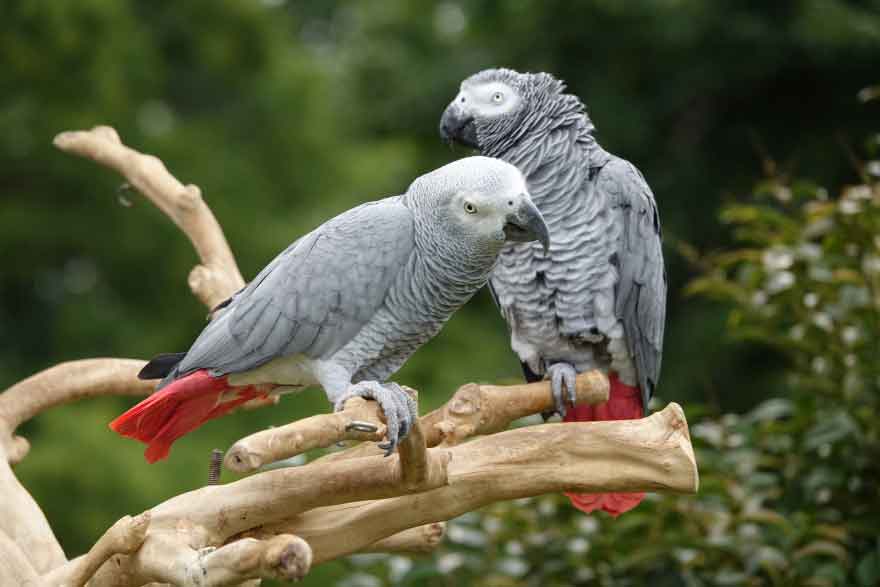
In the world of parrots, African Grey Parrots stand out as incredibly intelligent, expressive, and charismatic companions. Their beauty, combined with their extraordinary ability to communicate and problem-solve, makes them a favorite among bird enthusiasts.
Whether you’re considering sharing your life with one of these remarkable birds or you’re simply fascinated by their natural history, understanding their unique characteristics and requirements is essential. African Grey Parrots are more than just pets; they are lifelong companions that will bring joy, laughter, and endless fascination into your life.
In conclusion, African Grey Parrots are a testament to the wonders of the natural world, a reminder that intelligence and beauty come in many forms. As we strive to protect and appreciate these magnificent birds, we can marvel at the intricacies of the avian world and celebrate the unique bond between humans and parrots that has enriched our lives for centuries.